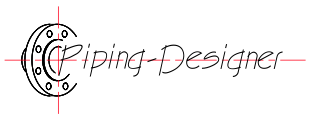Length of Cable with Sag
Length of a Cable with Sag Formula |
||
| \( CL \;=\; L + \dfrac{ 8 \cdot h^2 }{ 3 \cdot L } \) |
||
| Symbol | English | Metric |
| \( CL \) = Cable Length | \(ft\) | \(m\) |
| \( L \) = Length of Span | \(ft\) | \(m\) |
| \( h \) = Height of Sag | \(ft\) | \(m\) |
The length of a cable with sag is the effective length of a suspended cable (such as a fiber-optic or copper wire) when it is strung between two supports, and due to its weight, it sags rather than forming a straight line.
Factors to Consider
Actual Length vs Horizontal Distance - The actual length of the cable is longer than the horizontal distance between the two supports because of the sag.
Sag - The sag is the vertical distance between the lowest point of the cable and the straight line connecting the two supports.
Catenary Curve - The shape of a hanging cable under its own weight forms a catenary curve. The formula to calculate the actual length of the cable takes this curve into account.
Cable Tension - Proper sag and tension are necessary to avoid excessive stress on the cable, which can affect the signal quality.
Environmental Impact - Factors like wind, temperature, and load can influence sag, and engineers must account for this when designing cable installations.

